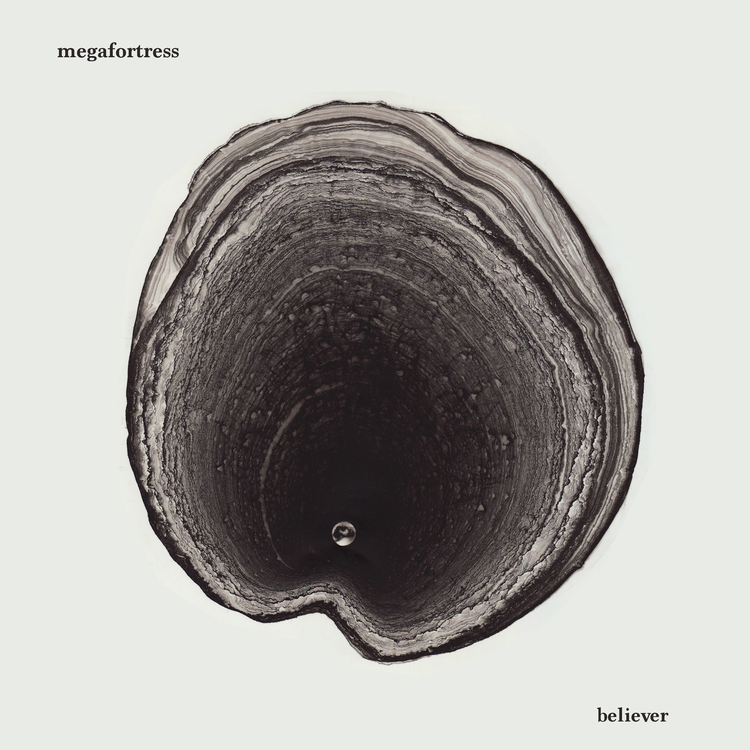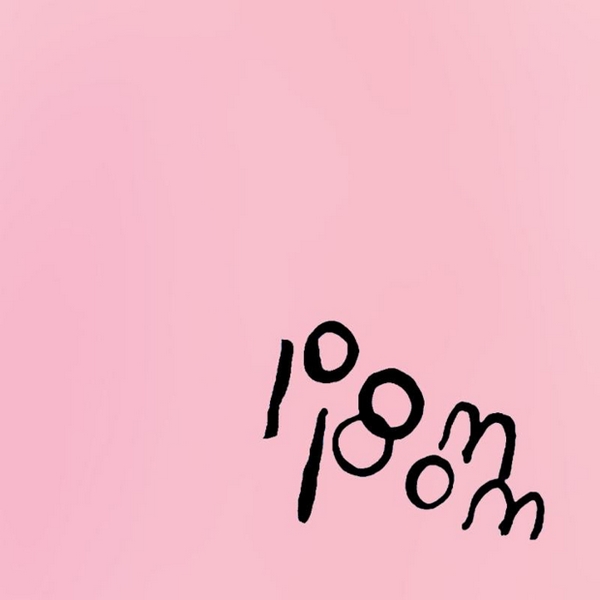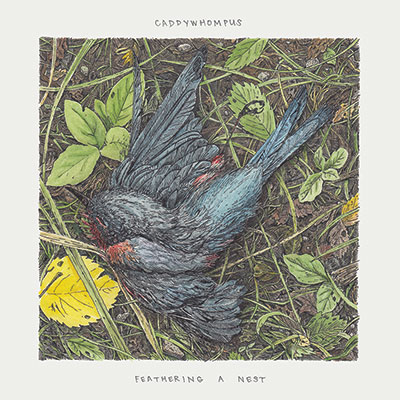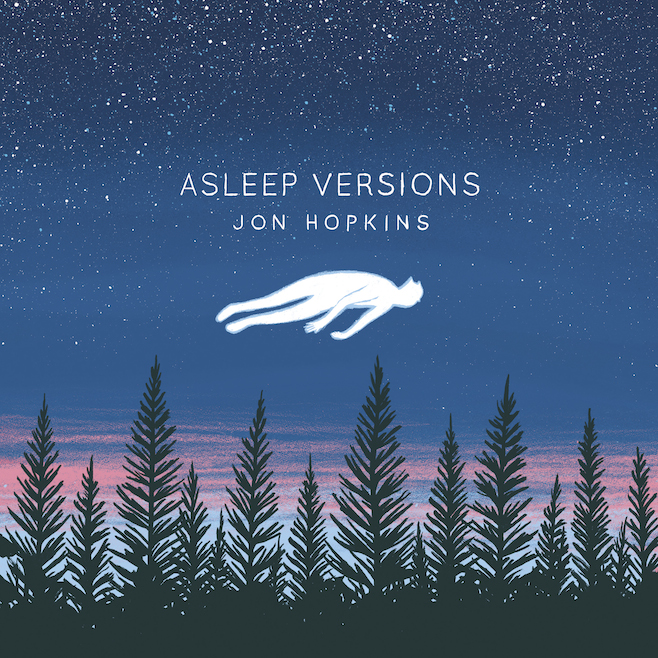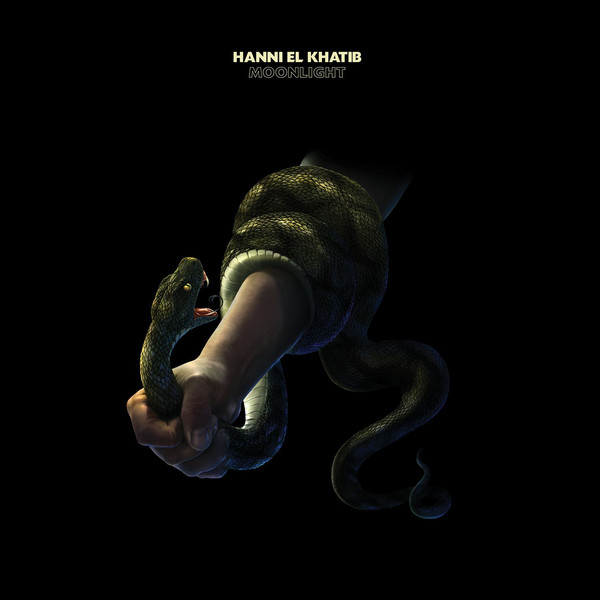 Hanni El Khatib – Moonlight
Hanni El Khatib – Moonlight





The album artwork for Hanni El Khatib’s Moonlight features an angry fist strangling a helpless serpent, but the music behind this dark imagery isn’t nearly as thrilling. Following his 2013 breakthrough sophomore LP Head in the Dirt, the LA singer/songwriter aims to chill listeners’ bones with a batch of ominous, sexually-themed alt-rock jams, but fails to maintain that atmosphere by misusing both vocal and instrumental textures.
A crunchy, overdriven guitar sound runs throughout the LP. This repetition creates a sense of cohesiveness, but diminishes the dangerous atmosphere Khatib tries so desperately to cultivate with Moonlight’s extraneous distortion and redundant sexual themes. A variety of other instruments appear, but rarely make musical statements of their own, acting instead as simple layers of texture. Moonlight’s drums pound out a familiar, overused groove while one inoffensive, barely noticeable bass tone thumps dully throughout the album, blindly following whatever notes the guitar happens to be playing.
One exception to Khatib’s barrage of boring bass lines is “Chasin’,” which features a bass figure that possesses more agility and character than any other on Moonlight.
Still, this one glimmer of boldness cannot hope to outweigh tedious melodic and rhythmic repetitions, an anticlimactic chorus, and an abrupt ending that fails to bring any closure to the scattered song. The track’s worst offense, though, is its misuse of horns as a textural tool. While the instrumentation succeeds in colorizing Khatib’s murky swamp of guitar noise, the horns contribute little more to the song as a whole, save for the annoying two-note hook occurring after every couple of lyrics.
Khatib’s singing is consistently drifty, even in rock songs that call for a commanding, direct delivery. With this approach, Khatib moans and groans his way past opportunities for liberating sex-rock anthems (“Melt Me”).
Memorable melodies are few and far between on Moonlight, due to an overdone reverb treatment on all of the album’s vocal performances. Khatib relentlessly drenches his voice in reverb, squeezing individuality from each Moonlight tune like a fist choking the life out of a snake. These whispery, double-tracked vocals feel dark and foreboding at first, but lose their frightening effect with frequent use (“The Teeth,” “Worship Song (No. 2)”).
This overdone sense of peril extends to Hanni El Khatib’s lyrics, which generally center around dangerous sexual situations.
Unfortunately, these scenes are presented blandly, and the absence of sensory imagery in Khatib’s lyrics only underlines the lack of variety in his subject matter. Moonlight’s album-opening title track features flavorless lines like “I’ll pull you up just to track you down/and I’ll wipe your tears so you won’t drown/I lift you high and let you go/I hold on tight until I feel your soul,” and continues similarly for much of the LP.
Luckily, “Mexico” breaks the cycle of Khatib’s unvaried verses about dark sexual experiences, showcasing poetic lyrics like “There’s a certain time of day when light bleeds through the sky/If it burns you up, the ground below you feels electrified.” “Mexico” stands out as the best-crafted song on the album and its chorus brings much-needed variety to Moonlight, in terms of both rhythm and instrumentation. Over a punchy staccato rhythm, tense orchestral strings amplify the dissonance of the thundering guitars and explosive drums before transitioning into a quiet, pensive verse.
The attention to detail in “Mexico” isn’t limited to dynamic transitions, though. When tension begins to build up during the lyrics “A piece of you wants me to disappear/but for now I’ll stay right here,” Khatib cleverly switches from a minor chord to a major chord halfway through the line, strengthening the line’s emotional impact. With its unique lyrics and masterful song-craft, “Mexico” seems to belong to a different album entirely.
Still, even “Mexico” cannot escape Khatib’s tendency to end songs with last minute, out-of-the-blue tempo changes that last only a few seconds. Seemingly random bits and pieces of musical noise often appear in the intros and outros of Moonlight, perplexing listeners, pulling them out of Khatib’s midnight rock affair and inhibiting his attempted atmosphere from ever fully solidifying.
Moonlight delivers a batch of incongruent snippets that fall short of adding up to the sleek, treacherous image Khatib strives to create. Though a few enjoyable moments shimmer in the blackness, the album ultimately fails to illuminate Khatib’s vision.
Hanni El Khatib – Moonlight tracklist:
- “Moonlight”
- “Melt Me”
- “The Teeth”
- “Chasin'”
- “Workshop Song (No 2)”
- “Mexico”
- “Servant”
- “All Black”
- “Home”
- “Dance Hall
- “Two Brothers”





